
The fun of travelling to a place is when one knows where to go, what to do and especially what to gorge on. Kolkata being a metropolitan city is also a tourist spot. There are many a places of significance one can go here. The 'City of Joy' as it is often referred to as, is a wonderful place to go and explore.
Kolkata is home of many religions and races. There are museums, planetariums, libraries, cricket grounds, football stadiums and many places of religious interest. There are amusement parks, night clubs & other entertainment option for all ages.
Kolkata has been regarded as the cultural capital of India. It still boasts of theatres where regular dramas are enacted on weekends in the Northern part of the city - Shyam Bazar and surrounding areas. In fact, drama theatres are more famous than film halls.
Famous freedom fighters, Sri Aurobindo, Subhas Chandra Bose, Swamy Vivekananda, B C Roy - all hailed from Calcutta.
Bollywood was never devoid of personalities from Kolkata, be it film directors, music directors, singers, actors. To name a few of them: Mrinal Sen, Shakti Samanta, Satyajit Ray, Rishikesh Mukherjee, S D Burman, R D Burman, Kishore Kumar, Manna De, Shreya Ghosal, Usha Uthup, Ashok Kumar, Utpal Dutt, Suchitra Sen, Sharmila Tagore, Biswajit Chatterjee, Pradeep Kumar and so on.
We shall now take a look at the 25 things why the city of Kolkata is famous and why one should certainly make it a point to add it to their travel lists. The various architectures, festivals, food and sports are things to be looking forward to. Here is a small peep into this beautiful city.
Click Here for the Best Hotel Deals.
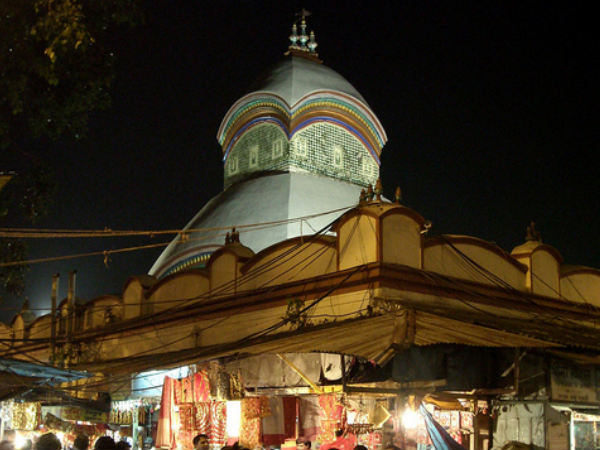
Kalighat
A famous Hindu temple, the Kalighat Kali Temple is dedicated to the goddess Kali and is situated in Kalighat. The original temple was a small hut but now a proper temple has been constructed. It is believed by some scholars that the name Calcutta was derived from Kalighata. In the early days traders halted at Kalighat to pay patronage to the goddess. The temple was initially on the banks of Hoogly. The river over a period of time has moved away from the temple. The temple is now on the banks of a small canal called Adi Ganga, which is connected to Hooghly. On auspicious occasions like Kali Puja, Durga Puja, Poila Boishakh - the Bengali New Year's day and sankranti devotees in large number throng the place with offerings.
Photo Courtesy: shankar s.
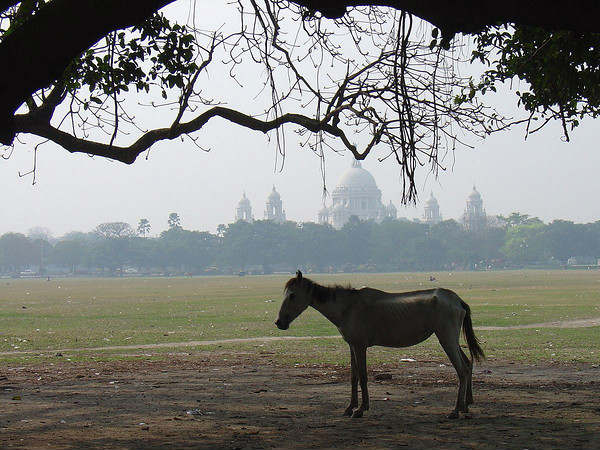
Maidan
The Maidan also referred to as Brigade Parade Ground is the largest urban park in Kolkata. It is a vast stretch of field and home to numerous play grounds. Due to the freshness and greenery it provides to the metropolis, it has been referred to as the "lungs of Kolkata". It is is not just a practice ground for cricket, football and hockey, apart the course from army parades but it is so many things to so many people. There are washer men who wash clothes and themselves in its ponds, shepherds tend their flocks, the health conscious citizens take their morning walks and the last vestiges of the horse-drawn carriages ply on its fringes entertaining merry makers.
Photo Courtesy: Manoj Menon
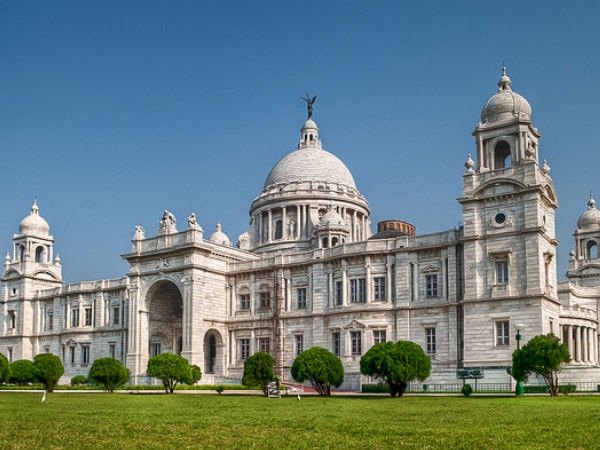
Victoria Memorial
The Victoria Memorial is a large marble building in Kolkata, West Bengal, which was built between 1906 and 1921. It is dedicated to the memory of Queen Victoria (1819-1901) and is now a museum and tourist destination. The Memorial lies on the Maidan grounds by the bank of the Hoogly River. The architectural design is not taken from the Taj Mahal but there is reminiscence. Like the Taj Mahal, the Victoria Memorial is built of white Makrana marble and is a memorial to an empress. In design, it echos the Taj Mahal with its dome, four subsidiaries, octagonal domed chattris, high portals, terrace, and domed corner towers. Visitors coming here can explore the building and the open garden that surrounds it.
Photo Courtesy: Manoj Menon
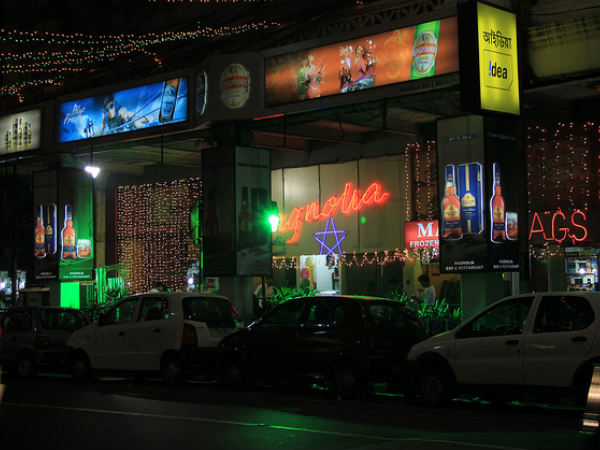
Park Street
Park Street officially known as Mother Teresa Sarani and earlier as Burial Ground Road is a famous thoroughfare in the city of Kolkata. In the 1970s and 1980s much of Kolkata's night life took place at Park Street. Many noted musicians have played at popular night spots such as Trinca's, Blue Fox, Mocambo and Moulin Rouge. Even before that, in the 1940s, 50s and 60s Kolkata's prolific night life was centred on Park Street. Park Street remains Kolkata's foremost dining district, with many restaurants and pubs here. It is often known as "Food Street" and "The Street that Never Sleeps". It is still one of the prime commercial and entertainment zones of the city. Park Street is traditionally decorated with lights on Diwali, Christmas Day and New Year's Eve.
Photo Courtesy: Manoj Menon
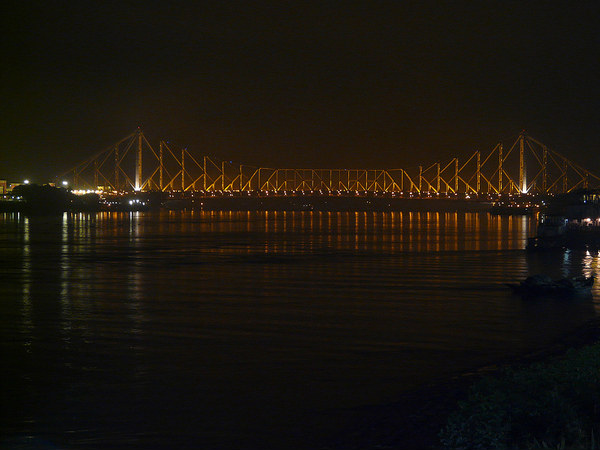
Howrah Bridge
The Howrah Bridge is a cantilever bridge with a suspended span over the Hoogly River in West Bengal, connecting city of Howrah with city of Kolkata. On 14 June 1965 it was renamed Rabindra Setu, after the great Bengali poet Rabindranath Tagore, who was the first Indian and Asian Nobel laureate. It is still popularly known as the Howrah Bridge. It is the busiest cantilever bridge in the world. The third-longest cantilever bridge at the time of its construction, the Howrah Bridge is the sixth-longest bridge of its type in the world. The bridge has become an iconic landmark and symbol of Kolkata. It has been an integral part of Bollywood Films shot here in Kolkata namely, Mani Ratnam's Yuva in 2004, Pradeep Sarkar's Parineeta, Mira Nair's The Namesake, Imtiaz Ali's Love Aaj Kal, Sujoy Ghosh's Kahaani, Anurag Basu's Barfi!, and Ali Abbas Zafar's 2014 Hindi film Gunday.
Photo Courtesy: Partha Sarathi Sahana
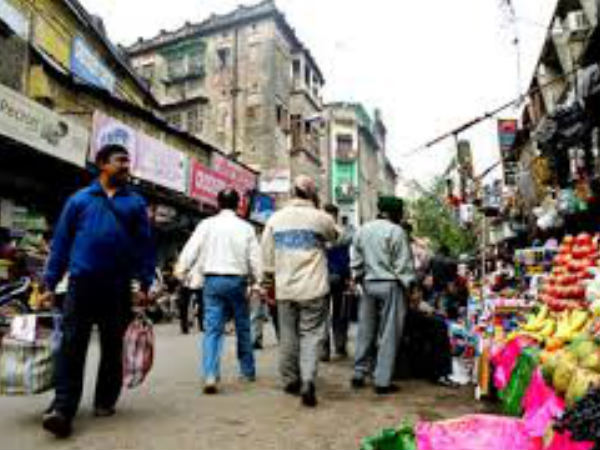
Burrabazaar
Burrabazar expanded from a yarn and textile market into the commercial nucleus of Kolkata and one of the largest wholesale markets in India. Burrabazar is divided into highly specialised sub-markets, according to the commodity it deals in - Dhotipatti, Fancypatti, Tulapatti, Chinipatti and more. Further subdivisions are katra, chowk or kothi. A popular saying goes, "Anything and everything is available at Burrabazar. Even the tiger's eye is available here if you pay the right price." Each katra (market) is known for a particular item. There are approximately 25 katras in Burrabazar. For Diwali, the festival of lights, it is transformed into a huge market for festive and religious ingredients. The number of makeshift stalls is around 800. From idols to their dainty dresses, designer diyas (earthen lamps) to saffron-tinted laddus (round-shaped sweet meat), every conceivable article can be scooped from this gala bazaar. One should take a trip down the crowded streets here to get a feel of the enthusiasm of people working here.
Photo Courtesy: Praveen Kaycee
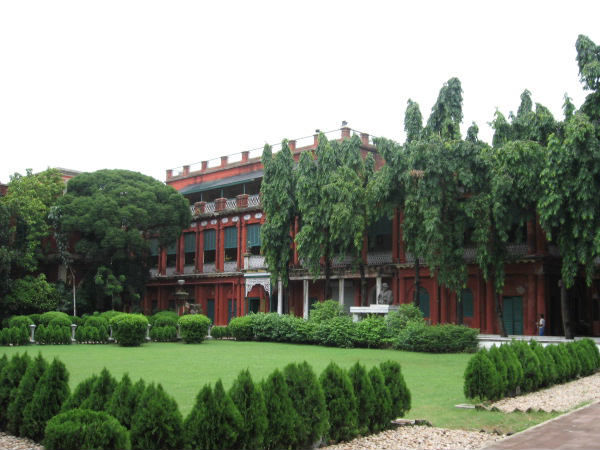
Jorasanko Thakur Bari
The Jorasanko Thakur bari is the ancestral home of the Thakur family and also the birthplace of Rabindranath Tagore. It is currently located on the Rabindra Bharati University Campus. Apart from the heritage angle, the University also organizes cultural programmes to commemorate his birth and death anniversaries.
Photo Courtesy: Chanchal Rungta
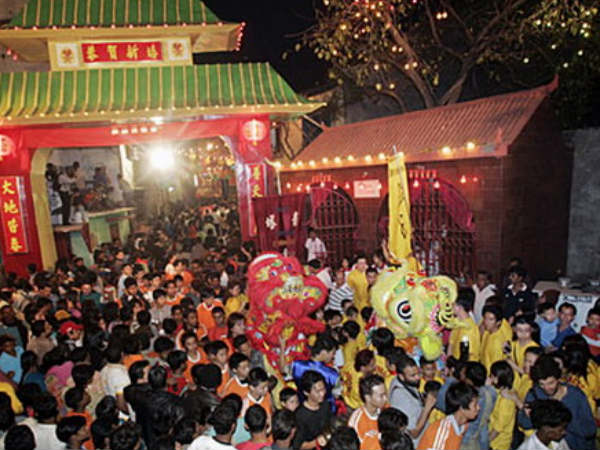
China Town
In the 18th and 19th centuries when Kolkata was growing and was capital of the British Empire in India, a large number of Chinese came and settled in the Bowbazar-Tiretta's Bazar area. Later, a large chunk moved to Tangra on the eastern fringe of Kolkata and set up tanneries there. Thereafter, although some Chinese continued to live in Bowbazar, it was Tangra that became Kolkata's China Town. Head down here to gorge on the authentic Chinese dishes served in various restaurants here.
Photo Courtesy: jliptoid
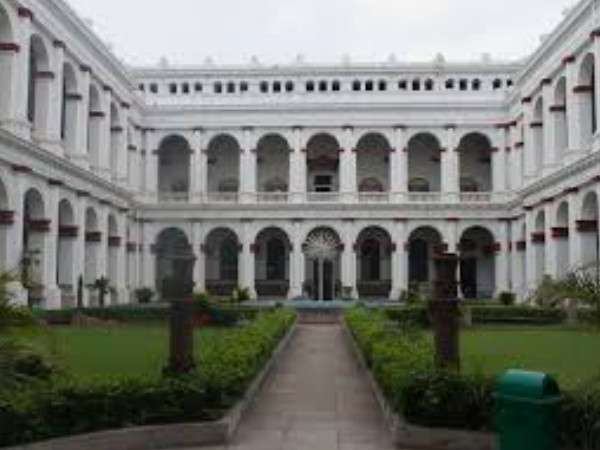
The Indian Museum
Indian Museum of Kolkata was established in 1814. The Indian Museum is the largest and oldest museum in India and has rare collections of antiques, armour and ornaments, fossils, skeletons, mummies, and Mughal paintings.
Photo Courtesy: Manoj Menon
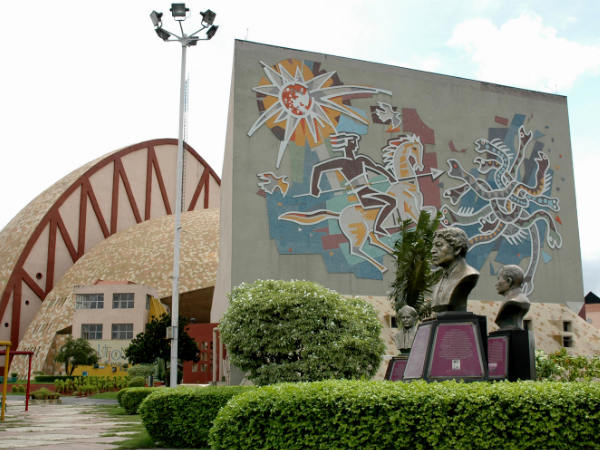
Science Museum
One should not miss out on a visit to Science Museum, which houses space odyssey, dynamotion, evolution theme park, 3-D vision theatre, mirror magic & several exhibits on space science, motion, electricity.
Photo Courtesy: Praveen Kaycee
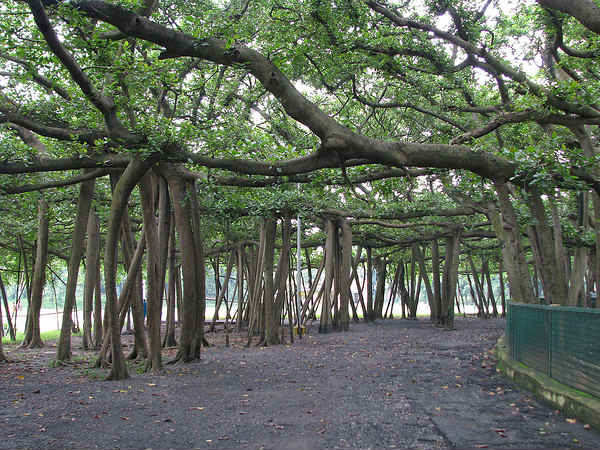
Botanical Gardens
Botanical gardens of Kolkata situated 8 kms away from the city, on the west bank of the Hooghly river, covering an area of about 273 acres. Laid out in the year 1787, Kolkata botanical garden is one of the oldest and largest botanical gardens of India. It contains about 12,000 living perennial plants and millions of dried out plants gathered from world over. The main attraction of the botanical gardens is the giant size banyan tree that is said to have the second largest canopy in the world. Over here, you can find a plethora of beautiful orchids and other colourful flowers. The garden also has a library, where you can find a valuable collection of books on botany. The botanical garden of Kolkata houses trees of rarest variety.
Photo Courtesy: McKay Savage
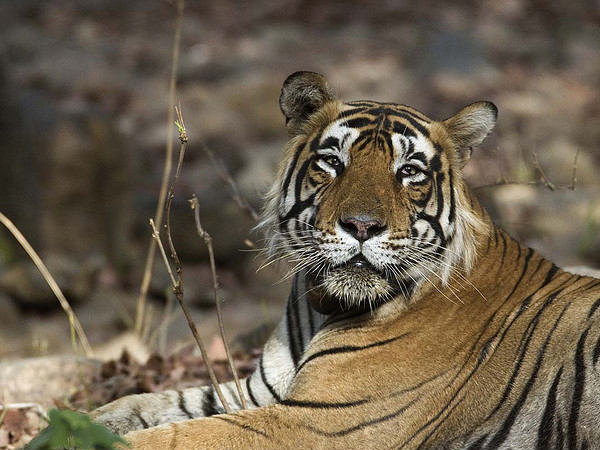
Alipore Zoo
The Alipore Zoological Gardens also informally called the Alipore Zoo and Calcutta Zoo, is India's oldest formally stated zoological park and a big tourist attraction here. It has been open as a zoo since 1876 and is probably best known as the home of the now expired Aldabra Giant Tortoise, Adwaita, which was reputed to have been over 250 years old when it died in 2006. The zoo displays a large number of crowd-pulling megafauna, including the Royal Bengal Tiger,African Lion, Jaguar, Hippopotamus, Great Indian One-horned Rhinoceros, Reticulated Giraffe,Grant's Zebra, Emu, Dromedary Camel and Indian Elephant. The zoo also sports a large collection of attractive birds, including some threatened species - large parrots including a number of Macaw species, Conures, lories and lorikeets; other large birds like Touracos and Hornbills; colourful game birds like the Golden Pheasant, Lady Amherst's Pheasant and Swinhoe's Pheasant and some large flightless birds like the Emu, Cassowary and Ostrich. It is also a picnic spot and one will find many a families with small kids trooping here to see the wildlife.
Photo Courtesy: Koshy Koshy
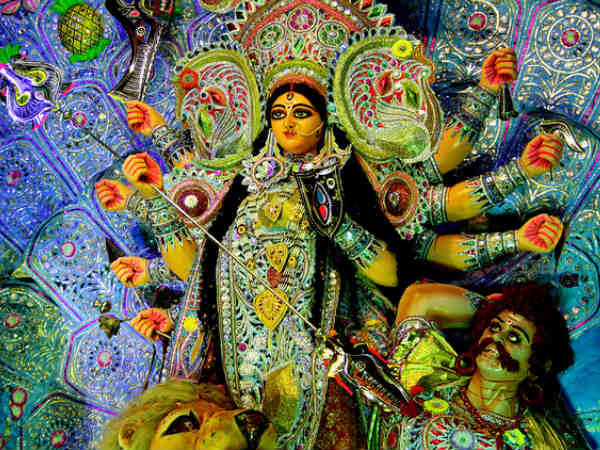
Durga Puja
Kolkata and Durga Puja is an unbreakable combination. Every year this festival is celebrated here with lot of pomp and grandeur. The origin of Durga Puja goes back to as early as 16th century A.D. The festival is celebrated for ten days in Ashwin month of Hindu calendar. It usually falls in the month of September and October. Durga Pooja celebration involves worshipping of Goddess Durga, the ten armed Goddess riding the lion. Last four days called as Saptami, Ashtami, Navami and Dashami and is celebrated with much aplomb and gaiety. Preparations for the festival start from a month before and it is made sure no stones are left unturned. If one is visiting the city in October one will be mesmerised by what they see. The entire city is lit up with the celebrations going on throughout the day.
Photo Courtesy: Srijan Kundu
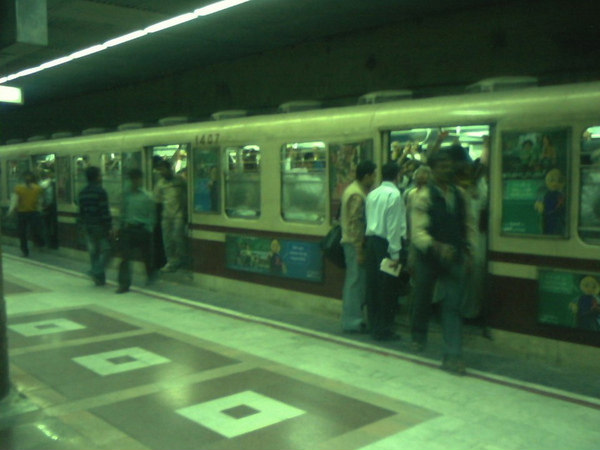
Metro
The Kolkata Metro or Calcutta Metro is a subway system serving the city of Kolkata. It is the first Underground metro railway system in India. It was the first such form of transport in India, opening for commercial services in 1984. One can travel from one part of the city to the other in this underground rail. It is a must visit and travel spot for all those coming to Kolkata.
Photo Courtesy: shankar s.
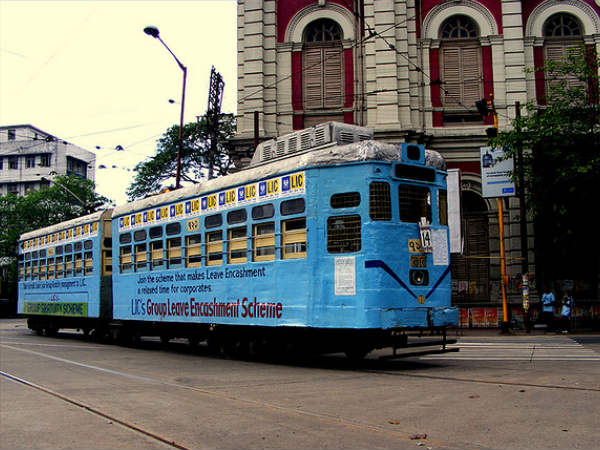
Tram
The Kolkata tram is a city rail system in Kolkata. It is run by the Calcutta Tramways Company (CTC) and is currently the only operating tram network in India along with being the oldest operating electric tram in Asia, running since 1902. CTC owns 257 trams, of which 125 trams are running on the streets of Kolkata on a daily basis. The cars are single-deck articulated cars and can carry 200 passengers (60 seated). There are seven tram depots Belgachhia, Rajabazar, Park Circus, Gariahat, Tollygunge, Kalighat and Kidderpur; nine terminals - Shyambazar, Galiff Street, Bidhannagar, Ballygunge, Esplanade, B. B. D. Bagh, and Howrah Bridge; and one workshop at Nonapukur. Rajabazar and Tollygunge depots are the largest in terms of tracks and area, respectively. The best way to explore the city is by hopping onto one of them and going for a ride.
Photo Courtesy: Rajarshi Roychowdhury
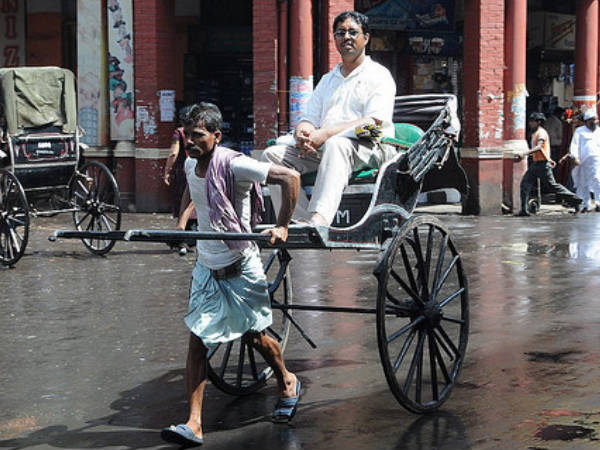
Rickshaw
A hand-pulled rickshaw is a mode of human powered transport by which a runner draws a two-wheeled cart which seats one or two persons. Though most cities offer auto rickshaw services, hand-pulled rickshaws do exist in some cities, such as in Kolkata. It is as one may say "the last bastion of human pulled carts". Rickshaws are used to transport goods, shoppers, and school children. They are the most effective means of transportation through the flooded streets of the monsoon season. When Kolkata floods rickshaw business increases and prices rise. Although of late there has been a huge cry to remove them as it is inhuman to make a person pull a cart carrying people and load. It is being shifted to cycle-rickshaws. Even then if one ventures to places like New Market and Ripon Street one will be able to see these man pulled vehicles in action.
Photo Courtesy: Nomad Tales
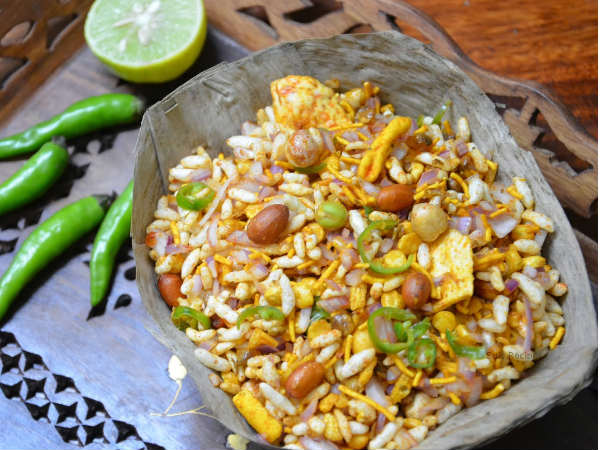
Jhal Muri
One of the most popular and iconic snack foods of Bengal is Jhal Muri, jhal literally means 'hot' or 'spicy'. It is puffed rice with spices, vegetables and raw mustard oil. Depending on what is added, there are many kinds of jhal-muŗi but the most common is made of chopped onion, roasted ground cumin, black salt, chillies, mustard oil, fresh coriander leaves, puffed rice, boiled potatoes, tomato and mixture. One of the evening snacks here, one will find many office goers munching this snack while they return home. It is a must try for those visiting the city.
Photo Courtesy: Praveen Kaycee
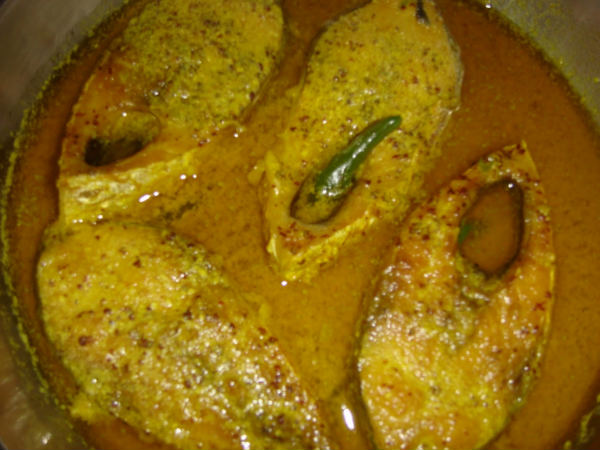
Fish
Fish is the dominant kind of protein in Bengali cuisine. Almost every part of the fish is eaten with the head being particularly preferred. Other parts of the fish are usually used in curries and dals or simply deep fried. More than forty types of freshwater fish are common namely, carp varieties - rui(rohu), koi (climbing perch), the catfish varieties - tangra, magur, shingi,pabda, katla, ilish(Hilsa) as well as shuţki (small dried sea fish). Chingri (prawn) is a particular favourite and comes in many varieties-kucho (tiny shrimp), bagda(tiger prawns) or galda (Scampi). The salt water fish Ilish(hilsa) is very popular among Bengalis and can be called an icon of Bengali cuisine. There are numerous ways of cooking fish, depending on the texture, size, fat content and the bones. It could be fried, cooked in roasted, a simple spicy tomato or ginger based gravy (jhol), or mustard based with green chillies (shorshe batar jhaal), with posto, with seasonal vegetables, steamed, cooked with curd, with sour sauce, with sweet sauce or even the fish made to taste sweet on one side, and savoury on the other. Ilish (Hilsa) is said be cooked in 108 distinct ways.
Photo Courtesy: Manoj Menon
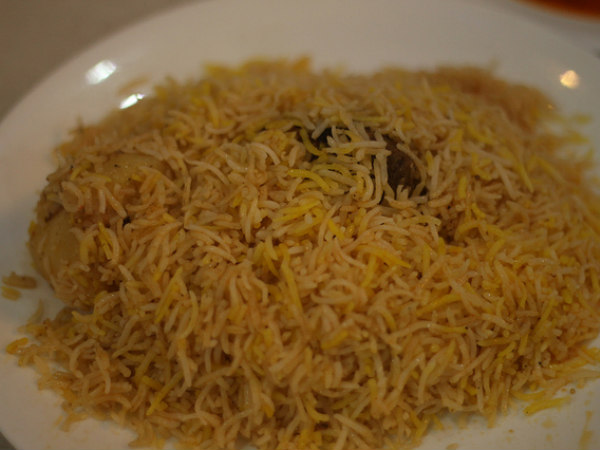
Biryani
Calcutta biryani evolved from the Lucknow style when Wajid Ali Shah, the last nawab of Awadh was exiled in 1856 to the Kolkata suburb of Metiaburj. But he did not forget bringing his personal Chef with him as he was very particular about his food. Due to recession, potato was used instead of meat in the dish. Later on the potato became the specificity of Calcutta biryani, though meat is also served along with it. In addition, Calcutta biryani is much lighter on spices than compared to other biryani's. There are many restaurants in the city that serves up this wholesome dish. The aroma of the dish itself is so mouth watering that one is automatically drawn towards it. The Calcutta biryani is a must have dish for all who come here.
Photo Courtesy: Manoj Menon
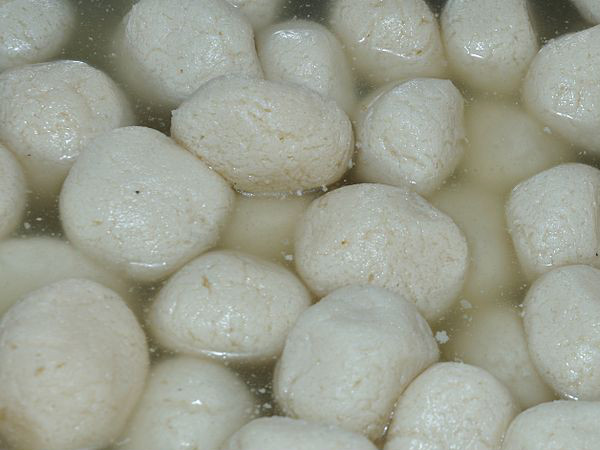
Rosgulla
Rosgulla, a traditional sweet, is one of the most widely consumed sweets in West Bengal. The basic version has many regional variations. Rosgulla is one of the three most prominent trademark of Bengali culture and probably the face of Bengali cuisine to people outside Bengal. Every sweet shop in Kolkata serves these sweet dumplings aplenty. The best way to consume them is to take them in ones fingers and squeeze out the juices a bit and pop it entirely into the mouth. Also a thing to note is that one should have them as soon as they are prepared and while they are hot. It gives a completely different taste to the sweet. Other than Rosgullas, Calcutta is also famous for sandesh, another variety of sweet dessert in soft form prepared out of milk & sugar.
Photo Courtesy: Biswarup Ganguly
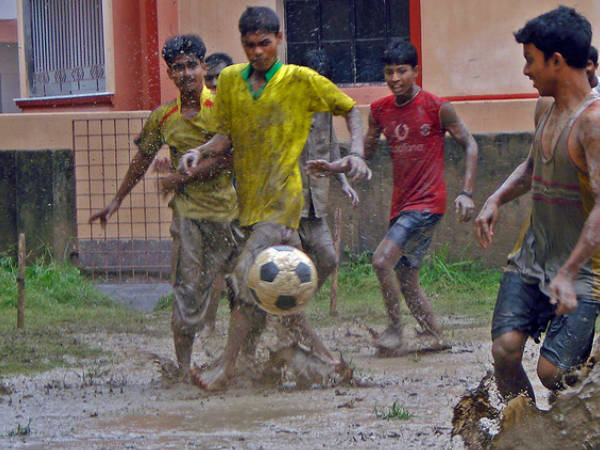
Football
One of the most popular sports in Kolkata is football. The city is home to top national football clubs such as Mohan Bagan, East Bengal Football Club, Prayag United S.C. and the Mohammedan Sporting Club. Calcutta Football League, which was started in 1898, is the oldest football league in Asia.Mohun Bagan is one of the oldest football clubs in Asia and is the only organisation to be dubbed a "National Club of India". Football runs in the veins of every person staying here. One would see small children and teenagers playing football if they take a walk in the Maidan ground in the morning. The monsoons are the best time to play this game and during evenings under heavy rains the youths run out to play some ball.
Photo Courtesy: Dipanker Dutta
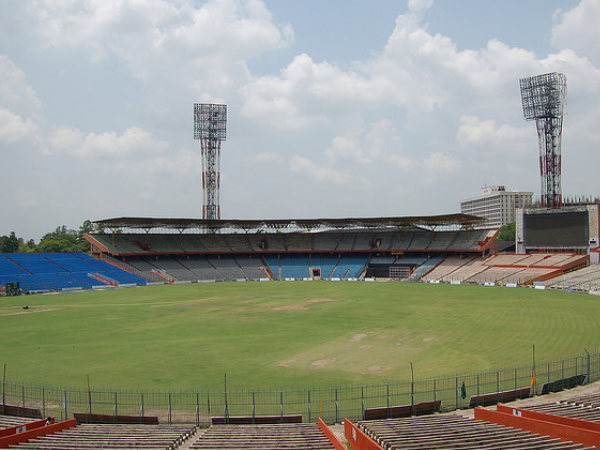
Eden Gardens
Eden Gardens is the largest cricket stadium in India and third-largest in the world by seating capacity, it is widely acknowledged to be one of the most iconic cricket stadiums in the world. Eden Gardens has been called "cricket's answer to the Colosseum". It is the home of the Bengal Cricket Team and the Indian Premier League's Kolkata Knight Riders, as well as being a venue for Test, One Day International and Twenty20 International matches. Established in 1864, Eden Gardens currently holds 66,349 people following renovations for the Cricket World Cup 2011; a capacity down from an estimated 100,000 before the upgrade. Before the 1987 World Cup, the capacity was said to be approximately 120,000 Eden Gardens is also remembered for hosting the historic 199th (penultimate) test match of Sachin Tendulkar's career. It is the life of the city and during any tournaments the entire stadium is filled.
Photo Courtesy: Chippu Abraham
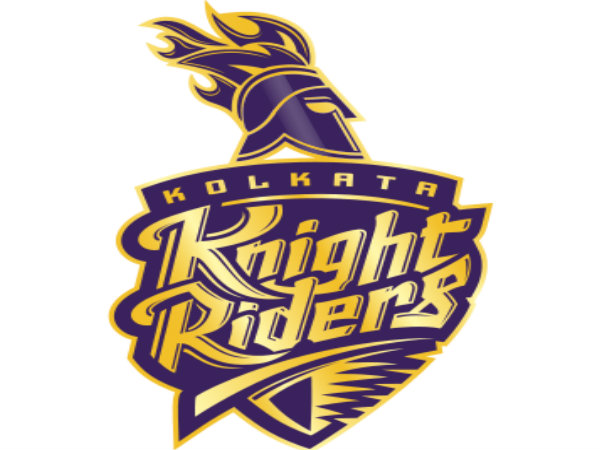
Kolkata Knight Riders
Kolkata Knight Riders, often abbreviated as KKR is a cricket franchise representing Kolkata in the Indian Premier League and is owned by Bollywood actor Shah Rukh Khan's company Red Chillies Entertainment in partnership with actress Juhi Chawla and her husband Jay Mehta from the Mehta Group. The team is the pride of every Bengali and all those staying in Bengal. The official theme of the team is Korbo, Lorbo, Jeetbo Re which translates to We will do, We will Fight, We will Win and the official colors are purple and gold. The team won its first title in 2012 followed by it's victory in 2014.
Photo Courtesy: Connormah
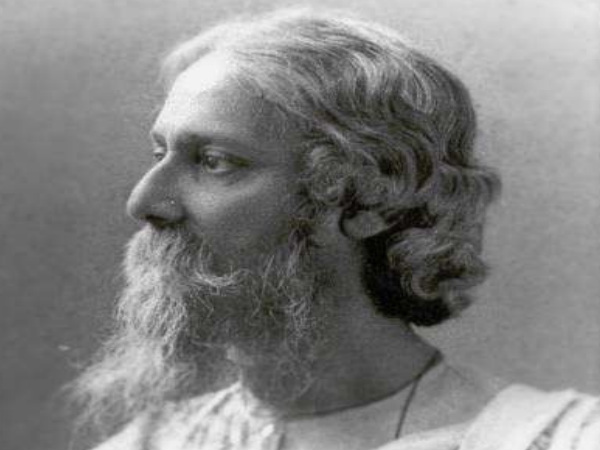
Nobel Prize Winners
Kolkata is also home to world renowned Nobel Prize winners in various fields. In the year 1902, Sir Ronald Ross received the Nobel Prize for his contribution in the field of Medicine. He was also the first citizen of Kolkata to receive this prestigious award. The year 1913 was truly a year of pride for Asians, Indians and Calcuttans as Shree Rabindranath Tagore was awarded this award for his work in the field of Literature. He was the first Asian and Indian to whom this award was conferred to. In 1930 Dr. C.V. Raman was awarded with the Nobel Prize for his contribution in the field of Physics. Mother Teresa won the Nobel Peace Prize in the year1979. Lastly, in the year 1998, Dr. Amartya Sen was awarded the Nobel Prize for his contribution in the subject of Economics.
Photo Courtesy: Playing Futures: Applied Nomadology
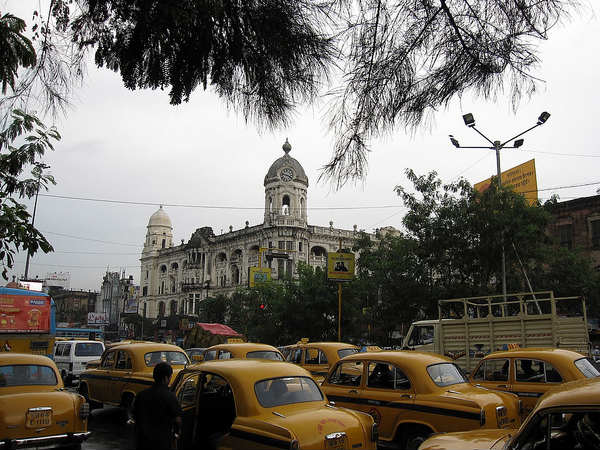
Traffic
Finally the thing most commonly seen in Kolkata is its traffic. One would say that there are more vehicles on the street than residents here. Due to heavy traffic on the streets one will find themselves stuck in jams or one will read about accidents taking place on the roads every other day. The large amount of traffic has also resulted to heavy pollution here. Another con about them is the noise they make during blockages. Schools, Hospitals and other such centres have been rendered as silent zones. While in Kolkata do get stuck in one of these jams. Although you would not enjoy it but then it is a part and parcel of the city life and still life goes on smoothly here.
Photo Courtesy: Stefan Krasowski



 Click it and Unblock the Notifications
Click it and Unblock the Notifications























